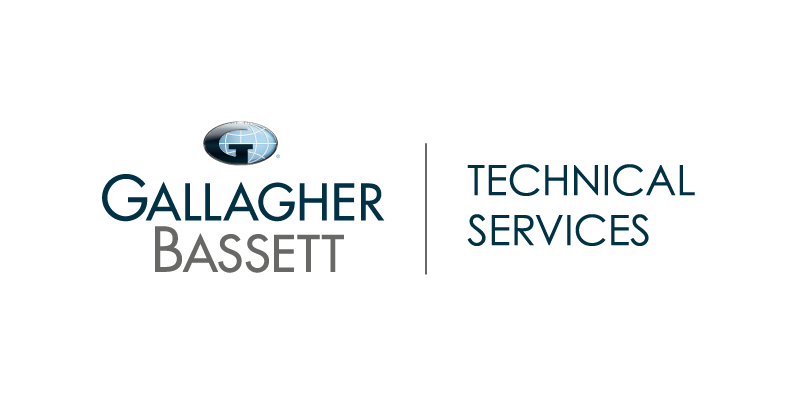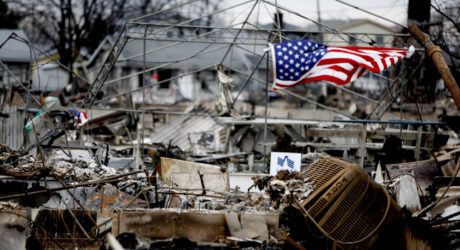We plan for a vacation, we prepare for success, we might even prep to get to a new place, but how often do we prepare for a disaster – natural or otherwise? Each year, the Environmental Protection Agency (EPA) designates September as National Preparedness Month which highlights the importance of having a disaster plan and knowing what to do in the event of a worst case scenario. As we kick off the month of September (and the unofficial end of the summer), Gallagher Bassett has put together a list of do’s and don’ts to get your ready for the worst.
Prepping At Home – Feeling Prepared vs. Being Prepared
When disaster strikes, it’s often an overwhelming and disorienting experience – especially when you’re not prepared. That’s why taking the time to create a disaster plan for your household and family is essential to making it through the most critical first few days. Creating an effective disaster plan is a very personal process but answering 4 fundamental questions will help you determine what’s right for you and your family.
First, you should determine how and from where you will be getting emergency alerts and warnings. While the FCC’s Wireless Emergency Alerts system enables the government to send out geo-specific alerts to most mobile phone users, it’s always best to have a list of go-to sources for reliable and frequently updated information.
Knowing where to seek shelter is also crucial during an emergency. Depending on the type of emergency, the designated shelter area may change, or you may be advised to “shelter-in-place.” In either case, knowing which types of potential disasters and the appropriate shelter locations for your area is clutch in creating a comprehensive plan.
Knowing how to get to a shelter or how to leave a disaster zone is the third step in building your disaster plan. Having an escape route is critical when time is of the essence and public panic sets in. Planning your evacuation route in advance will help you avoid getting stranded or heading in the wrong direction.
Lastly, communicate and practice your plan. Like most things, communication and practice are the ultimate keys to success; having a plan in place does no one any good if all parties aren’t aware of what’s required. Make sure that everyone in the household knows what their role is and where to go when they can’t get in touch.
A Quick Note About Go-Bags and Pre-Bundled Emergency Kits
While the convenience of buying a pre-packaged kit makes us all feel safer, the fact of the matter is that these kits are often pricey, impersonal, and/or merely inadequate. An article in TheWirecutter took a closer look into many popular emergency kits and found that the core essentials – radio, flashlight, and first aid kits – were of poor quality or flat-out unreliable. Make no mistake, when the flood waters rise, the ground shakes, or there’s just no access to electricity, convenience will be a working radio, access to light, or the right tools to patch you or a loved one up. Skip the bundle and instead invest a little time to figure out what gear you may actually need in an emergency.
For Businesses – Creating a Continuity of Business Plan is Clutch
Having a disaster plan doesn’t just apply to the home; being able to mitigate potential disruptions to your business can mean the difference between being able to weather the storm or shuttering for good. While the following list is far from the definitive list for creating a Continuity of Business plan, these steps from Investopedia can help get you started.
- Conduct a business impact analysis to identify time-sensitive or critical business functions and processes and the resources that support them.
- Identify, document, and implement to recover critical business functions and processes.
- Organize a business continuity team and compile a business continuity plan to manage a business disruption.
- Conduct training for the business continuity team and testing and exercises to evaluate recovery strategies and the plan.
No one wants to have to live through the most extreme of worst-case scenarios; being prepared means not having to worry about not having the bare essentials and figuring out how to survive. Getting your home and your business ready can be the determining factor in saving lives. The life you save may be your own.

